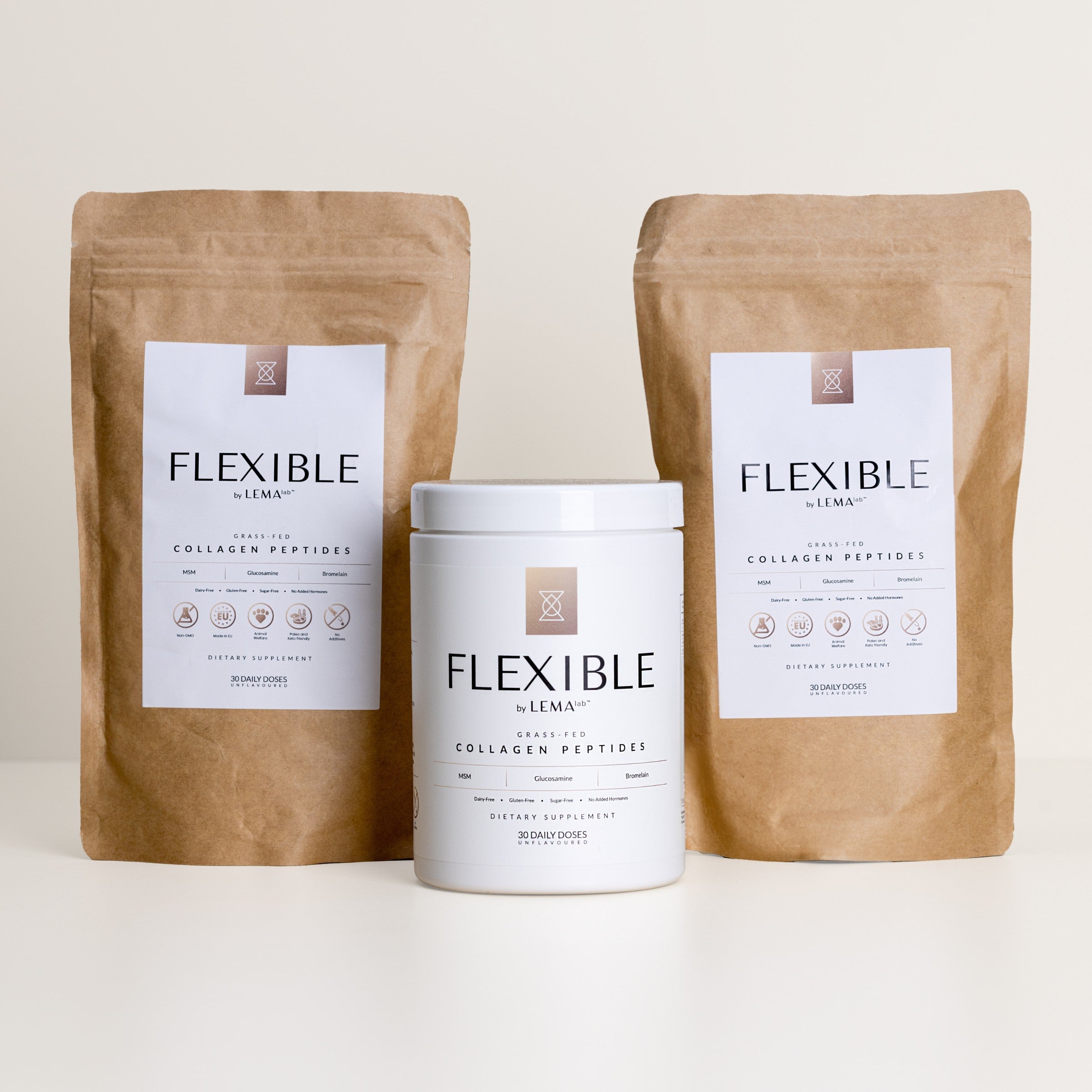
DIFFERENT MEDITATION STYLES ARE BENEFICIAL TO SPECIFIC SPORT TYPES
Meditation is often promoted to enhance athletic performance; however, it is not a one-size-fits-all strategy. A study suggests that the efficiency of meditation-enhancing interventions will depend on the technical demands of a given sport [2]. In light of this, we summarise the definition of the different styles of meditation for you and explain which meditation practice you might want to consider for your type of sports.

TYPES OF MEDITATION
Mindfulness meditation primarily consists of two main styles: focused attention meditation (FAM) and open monitoring meditation (OMM)[3].
In FAM, meditators focus on a target object, helping them to keep their attention away from distractors. An example would be paying attention to the physical sensation of the breath within a triangle area from the upper lip to the nostrils. This meditation could also focus on particular objects, such as a candle flame [3,5].
In OMM, meditators keep a non-reactive and non-judgmental awareness of anything that occurs in the present moment, such as bodily sensations, feelings, and thoughts. Therefore, they do not have a target object; instead, they must stop reacting to and judging distractors.
As an example of what OMM practice guidance would look like, we look at the instructions given to meditators during a study about the effects on pain intensity when practising FAM and OMM. The OMM consisted of generating a state of total openness in which the mind is vast, like the sky. The aim was to maintain a clear awareness and presence open to the surrounding space, seeking a relaxed, present, clear and calm mind without focusing on something particular. When thoughts would arise, meditators had to let them pass through the mind without leaving any trace. When noises, images, tastes, or other sensations were perceived, the goal was to let them be as they were without engaging in or rejecting them [7].

COGNITIVE BENEFITS OF FAM AND OMM
Both styles of meditation have been identified to enhance conflict monitoring. However, there are some differences in the benefits obtained from each. FAM is mainly associated with brain regions implicated in relevant cognitive processes like cognitive control and interoception. Interoception refers to the signals that originate within the body and indicate the state of the body, for example, sensations of respiration from the chest muscles [1]. Additionally, during a task that required the participants to ignore surrounding noise, FAM practitioners showed lower activations in the brain areas related to distraction and task-unrelated thoughts [4]. In other words, FAM meditators were more aware of bodily sensations and less susceptible to being distracted in daily tasks other than just meditating.
In contrast, a study found that OMM meditators outperform FAM meditators when the target stimulus is unexpected in a sustained attention task—for example, paying attention to random bleeps and sounds. Even though the two types of meditators did not show significant differences in performance when the stimulus was expected, the OMM meditators showed a broader attentional scope (the ability of an athlete to allocate mental resources to cues, stimuli, or states). Behavioural studies have also found precise benefits in OMM meditators, such as a more distributed attentional focus and more efficient resource allocation. That means they had greater attentional resources and, therefore, were able to pay attention to more than one stimulus at a time (for example, being shown two different pictures simultaneously [5]).

OTHER HEALTH BENEFITS
FAM and OMM have been studied concerning the effects on the heart and cortisol levels—also known as stress hormones. Results showed that FA meditation decreased heart rate, while OMM didn't show much difference pre and post-meditation in heart rate. However, a decrease in salivary cortisol levels was observed only in OMM. This result supports the notion that OM meditation induces a state of mindfulness related to stress reduction [6].

WHICH MEDITATION STYLES FOR WHICH SPECIFIC SPORTS TYPE?
The study suggests that FAM may enhance performance in closed-skills sports where the environment is predictable and the response is 'self-paced', like gymnastics and yoga. In contrast, OMM is believed to promote performance in open-skill sports such as football (soccer) and surfing, in which the environmental circumstances determine an 'externally-paced' response [2,8].

CONCLUSION
In short, if your practice requires you to concentrate on a specific point to achieve your goal—let's think of acrobatics or performing a handstand—you may want to incorporate focussed attention meditation (FAM) into your routine. On the other hand, if your physical activity is more dependent on external conditions, as in football (soccer), open monitoring meditation (OMM) may be the best option.
This approach, seen in current studies, proposes that we could start developing personalised and individually tailored meditation training programs. Could this be a new part of each physical discipline's training regime?














Leave a comment
This site is protected by hCaptcha and the hCaptcha Privacy Policy and Terms of Service apply.